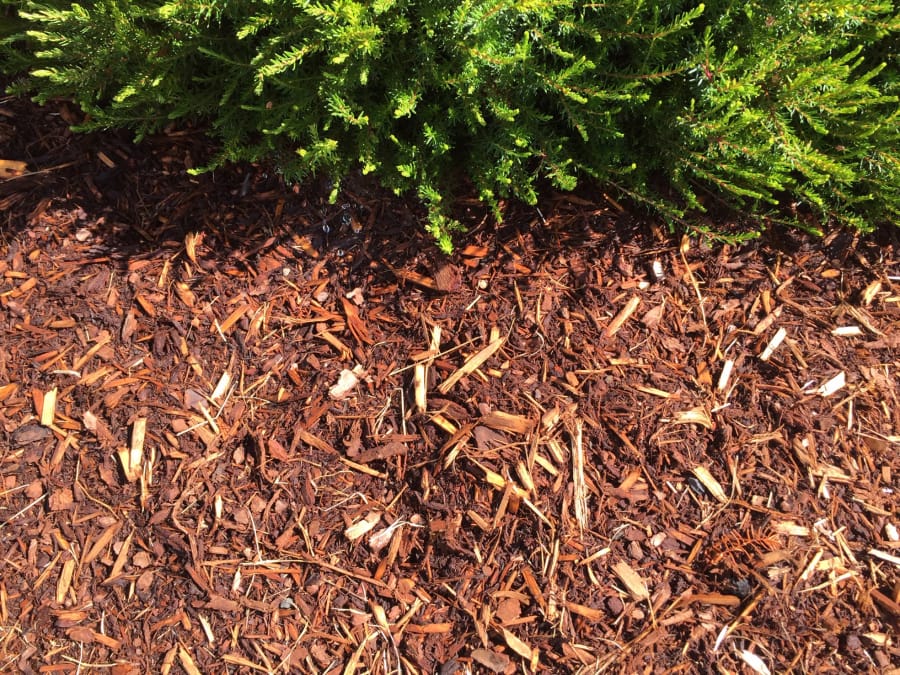I have a lot more problems with weeds than my neighbor. He says that bark dust mulch is the main reason he has fewer weeds. Does bark mulch make that much difference?
Yes, a 1 1/2 – to 2-inch layer of mulch will reduce weed seed germination by about 90 percent. Weed seeds can live in the soil for many years. As soon as they are turned up to light it stimulates germination. Placing any kind of mulch on the soil will have the effect of preventing light from reaching the weed seeds. Perennial weeds which sprout from underground stems or roots such as Canada thistle are only controlled by a physical barrier such as weed barrier fabric.
Volcanic rock, coarse gravel and other kinds of decorative rock can also be used to reduce weed growth. A new artificial mulch made from chopped-up tires is now available. It is chopped into uniformly small pieces and dyed brown to look just like coarse bark mulch.
Weed barrier fabrics will prevent all light from reaching the soil and are often used in new shrub plantings. They are usually covered with bark or some other material to give a more natural appearance.



